Describe the Fermentation Methods Used by Organisms
Acetic acid used in paperplastic industry citric acid Flavor and preserving agent and ethanol are made by fermentation. Pyruvate NADH lactic acid NAD Pyruvate NADH lactic acid NAD.

Fermentation Medium An Overview Sciencedirect Topics
After completing process the separation of product is carried out via centrifugation.
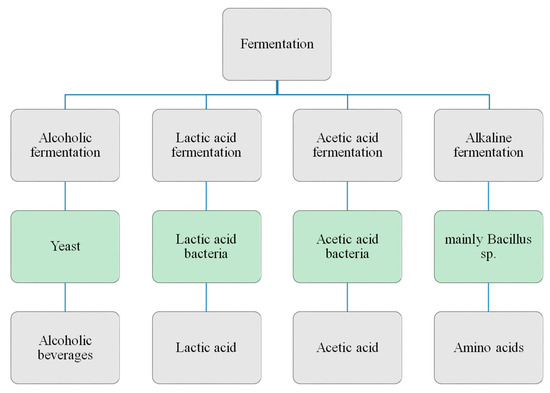
. Alcoholic fermentation is a complex biochemical process during which yeasts convert sugars to ethanol carbon dioxide and other metabolic byproducts that contribute to the chemical composition and sensorial properties of the fermented foodstuffs. Add 15 mL of yeast to each test tube. However to the microbiologist the term fermentation describes a form of energy-yielding microbial metabolism in which an organic substrate usually a carbohydrate is incompletely oxidised and an.
The most important factor for the success of any fermentation industry is of a production strain. What are the 3 products of alcoholic fermentation. Label each test tube with the percentage of the sucrose solution.
Can produce energy in the absence of oxygen anaerobically. Food fermentation is the conversion of sugars and other carbohydrates into alcohol or preservative organic acids and carbon dioxideAll three products have found human uses. A Single Stage Fermentation.
Another familiar fermentation process is alcohol fermentation Figure 417 which. Another familiar fermentation process is alcohol fermentation Figure 421 which. Fermentation is an enzyme catalysed metabolic process whereby organisms convert starch or sugar to alcohol or an acid anaerobically releasing energy.
In this process a single fermenter is inoculated and the nutrient medium and culture are kept in continuous operation by balancing the input and output of nutrient medium and harvested culture respectively. Today following the scientific discoveries of French microbiologist Louis Pasteur who showed that living organisms initiate fermentation we know why fermentation not only makes food like sourdough bread cheese and wine taste better but. SCREENING In Microbial Technology Microorganisms holds the key to the success or failure of a fermentation process.
Consequently the microbial fermentation of carbohydrates was considered to be similar to mammalian glycolysis. Physical methods of sterilization include killing of microbes by. This occurs routinely in mammalian red blood cells and in skeletal muscle that has insufficient oxygen supply to allow aerobic respiration to continue that is in muscles used to the point of fatigue.
Place a balloon over the top of each test tube. In first step Saccaromyces cerevesiae yeast converts fermentable sugar of molasses into ethanol and carbon dioxide. The chemical reaction of lactic acid fermentation is as follows.
Fermentation for example is a process by which yeast obtains energy by converting sugar into alcohol. More recently fermentation technology has begun to use cells derived from higher plants and animals under growth conditions. The basic principle involved in the industrial fermentation technology is that organisms are grown under suitable conditions by providing raw materials meeting all the necessary requirements such as carbon.
Add 25 mL of each of the sucrose solutions to the remaining three test tubes. The fermentation method used by animals and some bacteria like those in yogurt is lactic acid. In this method a portion of the medium is withdrawn and added to the culture vessel.
Fermentation by some bacteria like those in yogurt and other soured food products and by animals in muscles during oxygen depletion is lactic acid fermentation. Add 25 mL of warm tap water to the first test tube and label it control. The production of alcohol is made use of when fruit juices are converted to wine when grains are made into beer and when foods rich in starch such as potatoes are fermented and then.
It is highly desirable to. Among the various methods followed for controlling microbial activity the best by far is sterilization as it eliminates all the microbes. Fermentation by some bacteria like those in yogurt and other soured food products and by animals in muscles during oxygen depletion is lactic acid fermentation.
Pyruvate NADH lactic acid NAD Pyruvate NADH lactic acid NAD. 44 Fermentation Lactic Acid Fermentation. Fermentation technology is the use of organisms to produce food pharmaceuticals and alcoholic beverages on a large scale industrial basis.
Sterilization is achieved by the following methods. The fermentation method used by animals and some bacteria like those in yogurt is lactic acid fermentation. There are a variety of ways to initiate the process of fermentation giving the friendly acid-loving bacteria a chance to replicate to sufficient numbers that they have an advantage over the less friendly micro-organisms that can set in.
Anaerobic respiration enables organisms to convert energy for their use in the absence of oxygen. The fermentation method used by animals and some bacteria like those in yogurt is lactic acid. Humanity has been fermenting food since the Neolithic age long before people understood the science behind the process.
Bacteria were used to make yogurt and antibiotics yeasts to ferment wine and the filamentous fungi or molds to produce organic acids. This is why many authors use the terms glycolysis or glycolytic pathway to describe one method of anaerobic breakdown of carbohydrates by microorganisms and why fermentation became synonymous with glycolysis. The chemical reaction of lactic acid fermentation is as follows.
In second step acetobacter aceti acetic acid bacteria converts ethanol into acetic acid and water. Describe the concept of biotechnology Biotechnology is using genetic modification and genetic engineering to develop tech and. Subjected to the action of micro-organisms or enzymes so that desirable biochemical changes cause significant modification to the food.
Some organisms like bacteria yeast etc. Originally fermentation used some of the most primitive forms of plant life as cell fac-tories. Fermentation is a metabolic process in which a carbohydrate such as starch or sugar is converted into an alcohol or an acid by an organism.
Fermentation is the process through which bacteria turn carbohydrates into lactic acid. 44 Fermentation Lactic Acid Fermentation. Fermentation is an anaerobic process one that takes place in the absence of oxygen in which certain bacteria thrive.
The science of fermentation is called zymology. Lactic Acid Fermentation The fermentation method used by animals and some bacteria like those in yogurt is lactic acid fermentation Figure 1. It is therefore important to select the most suitable microorganisms to carry out the desired industrial process.
Cellular Metabolism And Fermentation
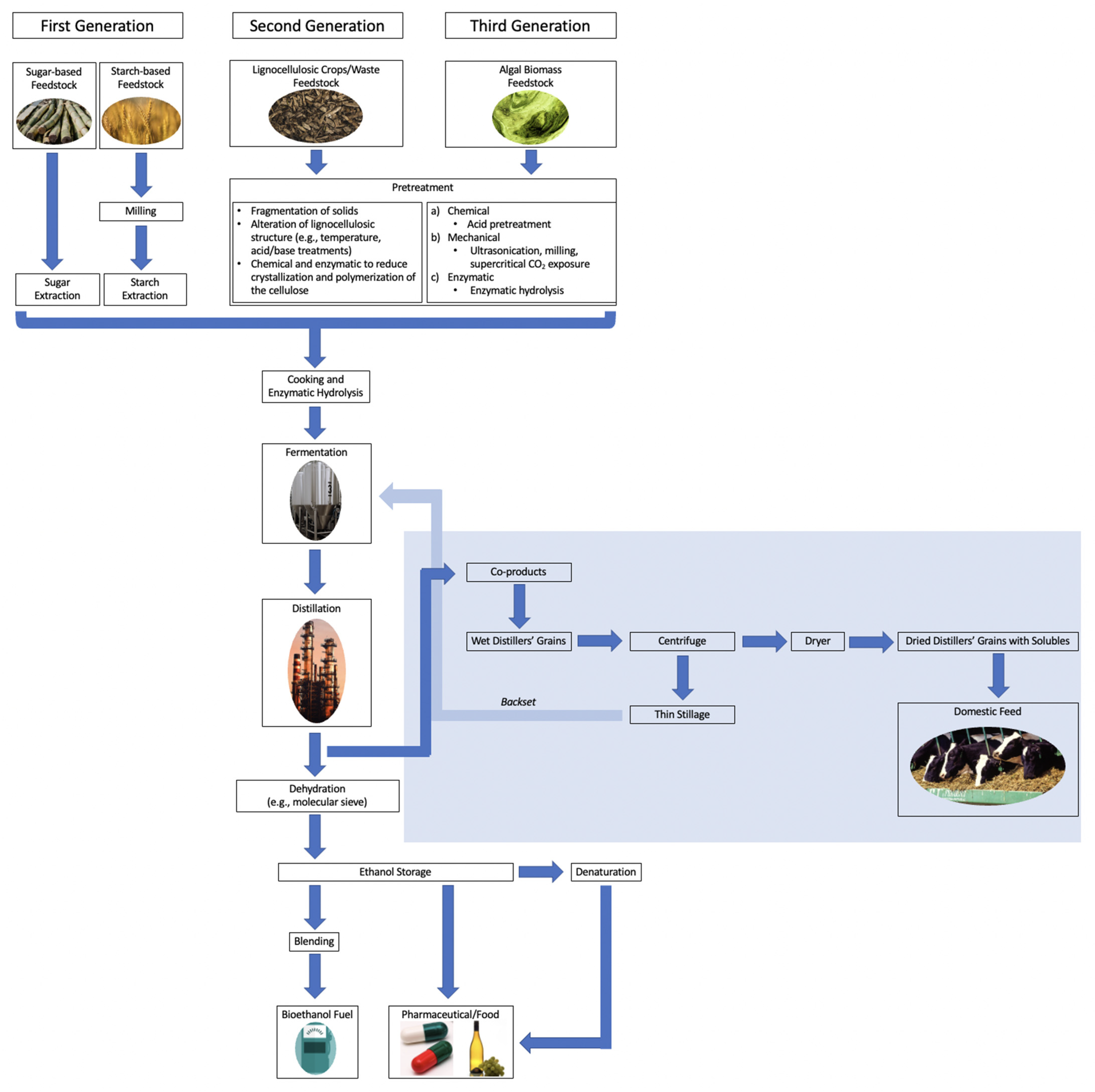
Fermentation Free Full Text Production Of Bioethanol A Review Of Factors Affecting Ethanol Yield Html

Fermentation Free Full Text Quality Ingredients And Safety Concerns For Traditional Fermented Foods And Beverages From Asia A Review Html

Fermentation Biology For Non Majors I

Anaerobic Respiration The Definitive Guide Biology Dictionary

Symbiotic Fermentation Wikipedia
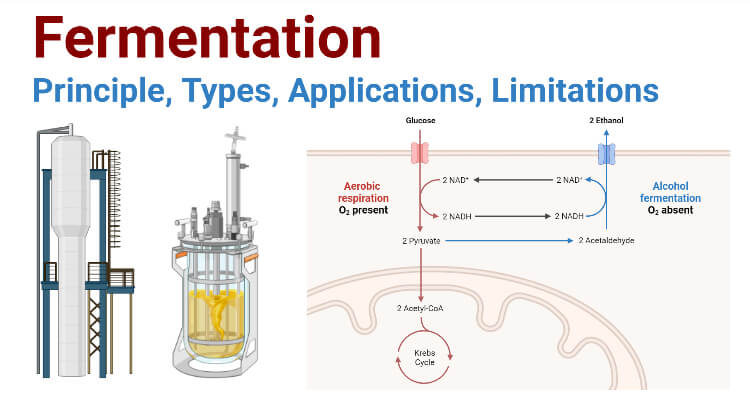
Fermentation Principle Types Applications Limitations
Cellular Metabolism And Fermentation
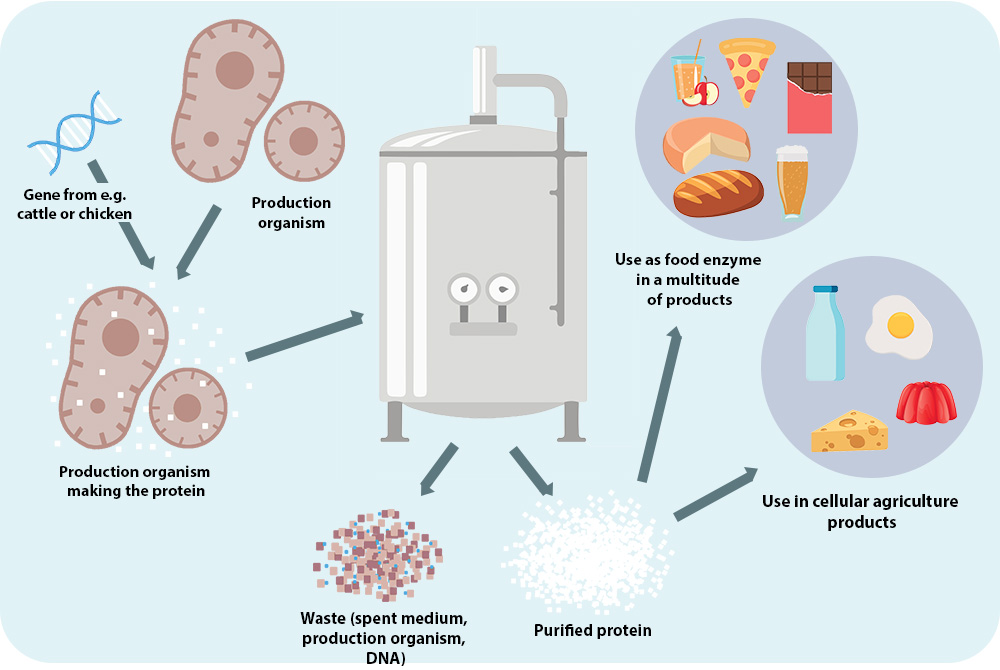
Fermentation The New Protein Supply Chain

Anaerobic Respiration Atp New Fuels And Yogurt Without Oxygen Ck 12 Foundation
4 4 Fermentation Concepts Of Biology 1st Canadian Edition

5 10 Fermentation Biology Libretexts

Types Of Fermentation Definition Process Advantages
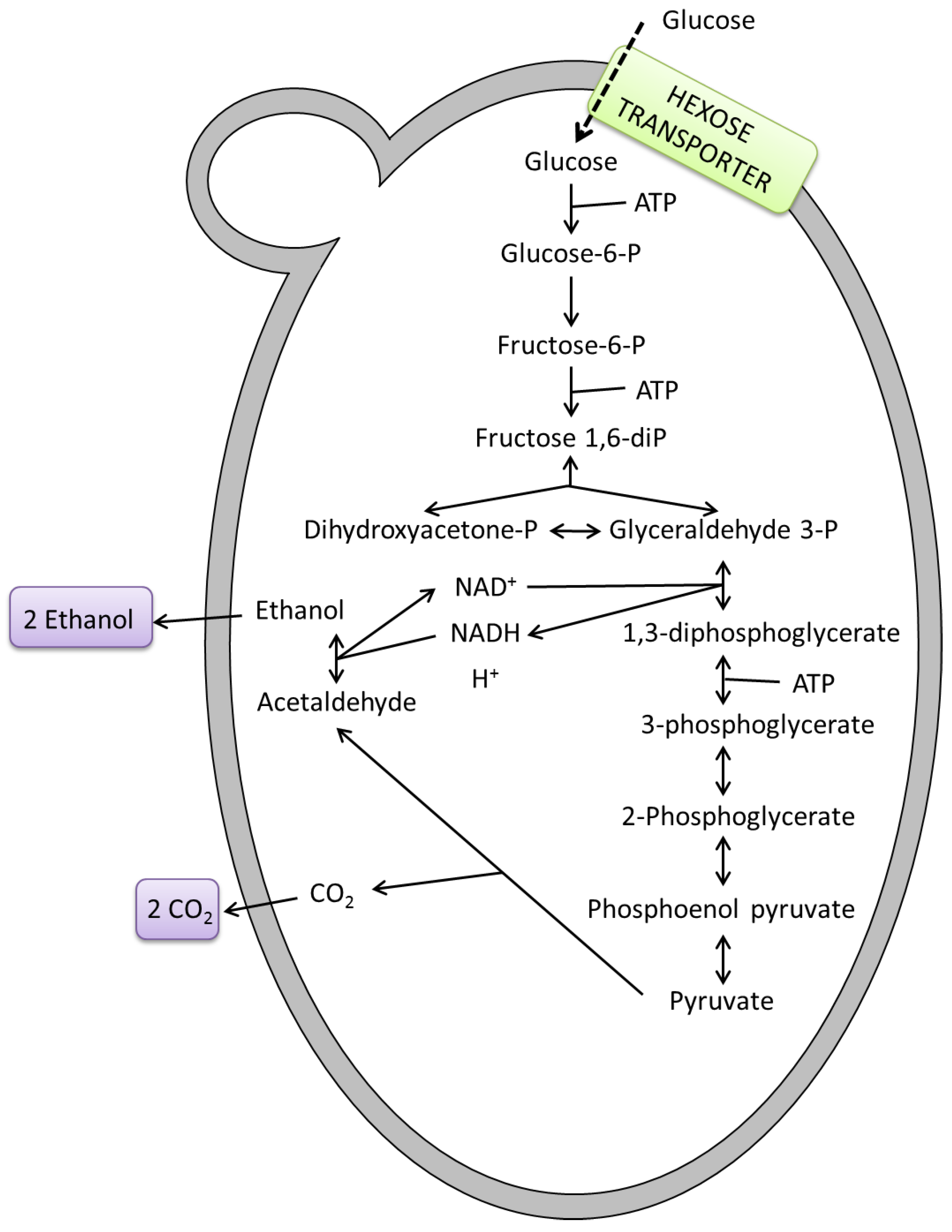
Microorganisms Free Full Text The Role Of Yeasts In Fermentation Processes Html
2 30 Fermentation Biology Libretexts
4 4 Fermentation Concepts Of Biology 1st Canadian Edition

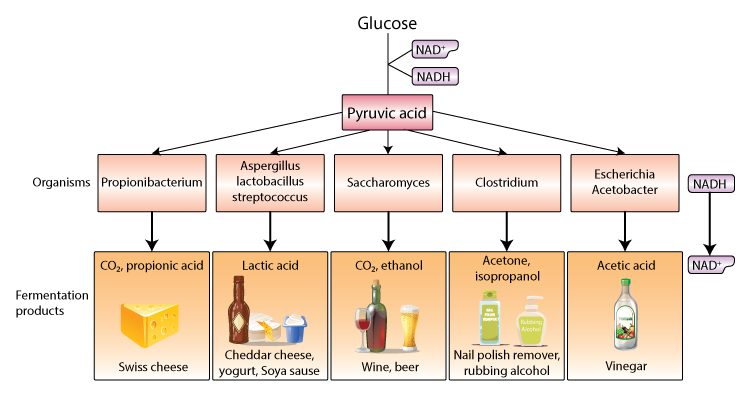
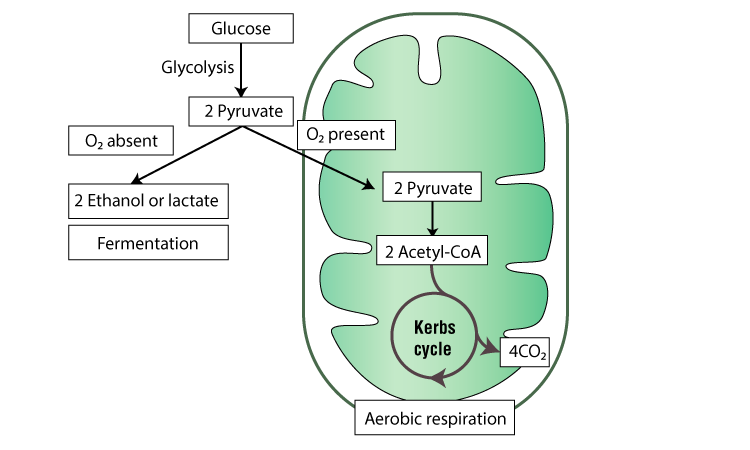
Comments
Post a Comment